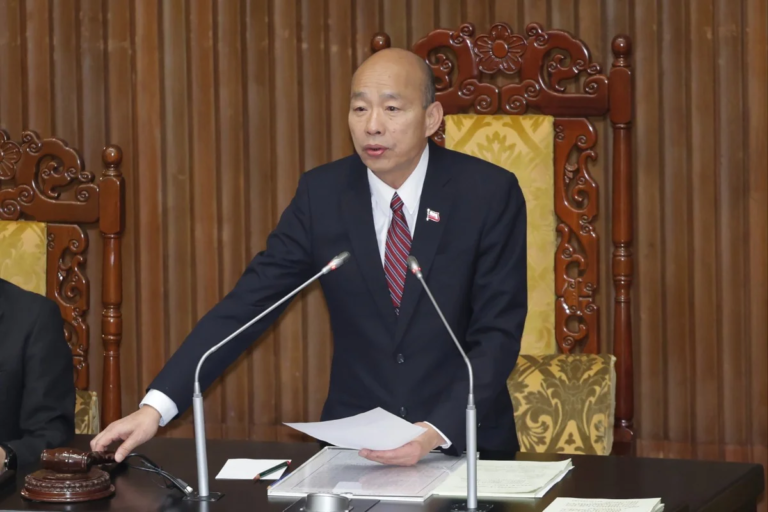
Philippine and United States military personnel worked together in late July 2025 to provide disaster response after severe weather impacted communities in Basco, the capital of the Philippine province of Batanes.
“We’re fully aligned with our Philippine counterparts and committed to supporting their lead in this lifesaving mission,” said Col. Jason Armas, commanding officer of the U.S. Marine Rotational Force – Darwin Marine Air-Ground Task Force. “Our aircraft and Marines are here to support the Philippine government’s mission to deliver urgent aid to those in need. Together, we are overcoming distance, weather, and logistical challenges to save lives.”
At the request of the Philippine government, the Philippine Air Force (PAF), U.S. Air Force and U.S. Marine Corps delivered 6,300 family food packs, 1,000 hygiene kits and other supplies to Batanes after storms triggered widespread flooding, landslides and power outages, killing more than 35 people and impacting millions across the country, according to government officials. Tropical Cyclone Emong, compounded by a monsoon known locally as Habagat, also caused major infrastructure disruptions and school closures.
The joint military response included airlifts by a U.S. Air Force CV-22 Osprey tiltrotor aircraft from Clark Air Base, Pampanga, with PAF personnel from Tactical Operations Wing Northern Luzon supporting aid distribution in Basco, PAF spokesperson Col. Ma. Consuelo Castillo said, according to the Philippine News Agency.
The effort was part of a whole-of-government response across central and northern Luzon that also included the Philippines’ Civil Defense Office and Social Welfare and Development Department, the U.S. State Department, and partners such as the World Food Program. About 47,000 family food packs were provided for 200,000 people.
The U.S. Indo-Pacific Command’s forward presence and ready posture in the region facilitated rapid and effective response. The U.S. Marine Corps, in coordination with the Armed Forces of the Philippines and civilian agencies, forward deployed four MV-22B Ospreys and additional personnel from Darwin, Australia, to the Philippines to support the operations.
The PAF deployed a C-130 cargo aircraft and S-70i Black Hawk helicopters to deliver supplies to Batanes and Abra province. The C-130 also transported stranded individuals on its return from Basco to Manila, the Philippine News Agency reported.
Military and civilian responders used supplies prepositioned at sites identified by the Philippines-U.S. Enhanced Defense Cooperation Agreement (EDCA). That included 2,500 tarps staged at Fort Magsaysay and fuel for additional flights with supplies positioned at La-lo Airport, Cagayan.
The EDCA sites also were used during humanitarian operations after Super Typhoon Egay in 2023, and Super Typhoon Julian and Tropical Storm Kristine in 2024.
“EDCA sites are invaluable during this mission,” said Lt. Col. Geoffrey T. Blumenfeld, commanding officer of the U.S. Marine Medium Tiltrotor Squadron 363. “They will allow us to stage and receive fuel closer to affected areas, saving precious time and allowing us to deliver more supplies on more flights into remote communities like Batanes. This efficiency means more lifesaving support delivered to thousands of families when they need it most.”
Philippine Defense Secretary Gilberto Teodoro Jr. and U.S. Ambassador to the Philippines MaryKay Carlson also highlighted the role of the EDCA sites in enhancing the speed and capacity of Philippine-U.S. military supply deliveries.
The recent response mission highlights the longtime allies’ shared commitment to regional resilience and humanitarian assistance.
“These collaborative … missions not only expedited the delivery of vital supplies to affected areas but also reaffirmed the strong alliance between the Philippines and the United States, centered on mutual support, readiness, and shared humanitarian values in responding to crises,” Castillo said.





